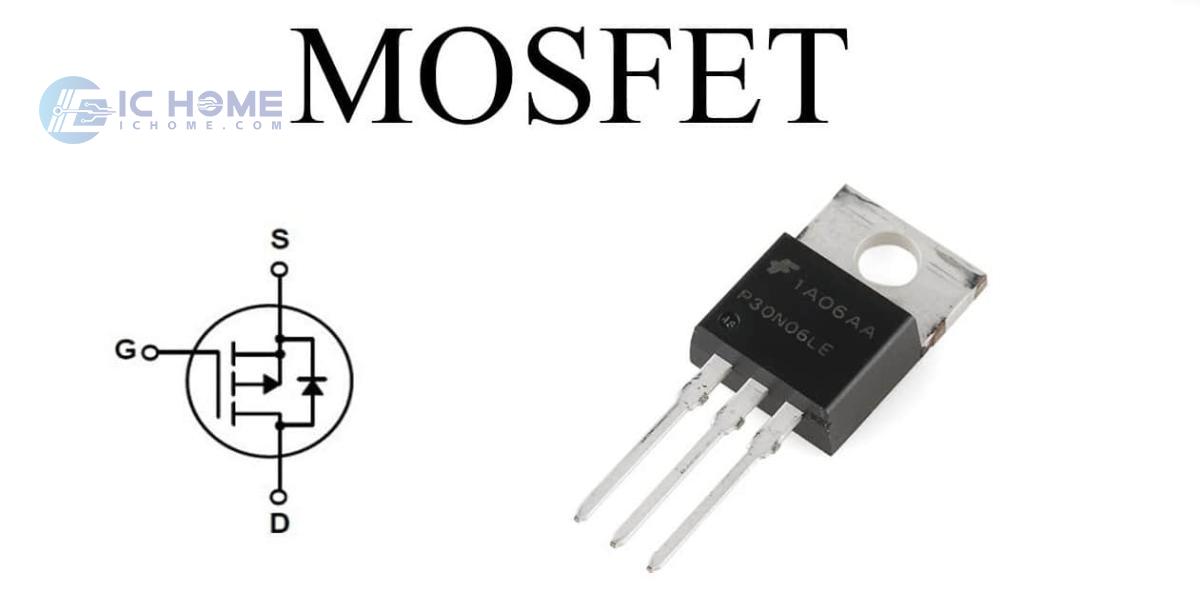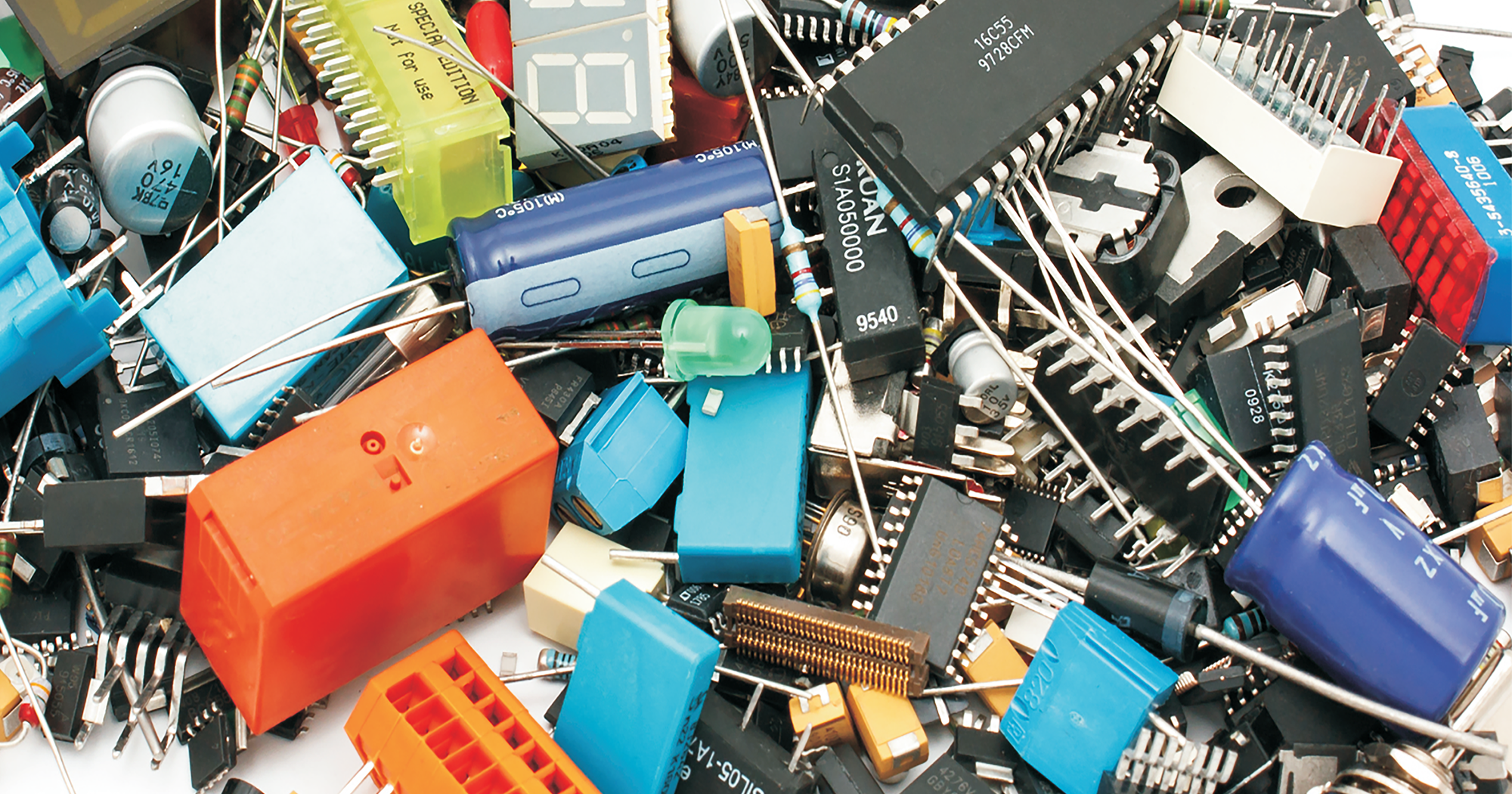- 2024-11-27 17:03:42
- admin
- 1 Vistas
Understanding Noise Figure in MOSFETs and Its Impact on Performance
Noise is an inherent characteristic of all electronic devices, and for MOSFETs (Metal-Oxide-Semiconductor Field-Effect Transistors), it plays a critical role in determining their performance in sensitive circuits. The Noise Figure (NF) is a key parameter used to evaluate a MOSFET’s ability to maintain signal integrity. For procurement professionals, engineers, and enthusiasts new to the electronics industry, understanding how noise figure relates to MOSFET performance is essential for making the right choices.
In this article, we’ll break down the concept of noise figure, how it affects MOSFET performance, and what to consider when selecting MOSFETs for low-noise applications.
What Is Noise Figure?
The Noise Figure (NF) of a device quantifies the degradation of the signal-to-noise ratio (SNR) as the signal passes through it. In simpler terms, it represents how much noise a MOSFET adds to a system. The noise figure is expressed in decibels (dB) and is derived from the Noise Factor, which is a linear ratio of the SNR at the input to the SNR at the output:
NF=10⋅log10(Noise Factor)NF = 10 \cdot \log_{10}(\text{Noise Factor})NF=10⋅log10(Noise Factor)For a MOSFET, the noise figure depends on factors like the channel resistance, thermal noise, and the specific operating frequency. A lower noise figure indicates better performance, as the device introduces less additional noise to the system.
Why Does Noise Matter in MOSFETs?
MOSFETs are used extensively in amplifiers, oscillators, and switching circuits, where they control or amplify electronic signals. In low-noise applications, such as radio frequency (RF) systems, audio amplifiers, and medical imaging equipment, minimizing noise is critical to ensure signal integrity.
Types of Noise in MOSFETs
-
Thermal Noise
- Caused by random thermal motion of charge carriers (electrons) in the channel.
- Affects performance across all frequencies.
-
Flicker Noise (1/f Noise)
- Dominant at lower frequencies.
- Typically significant in audio or low-frequency analog circuits.
-
Shot Noise
- Arises due to the discrete nature of current flow.
- Often negligible in MOSFETs compared to thermal and flicker noise.
Understanding these noise sources helps engineers identify which MOSFET parameters to focus on for specific applications.
How Does Noise Figure Relate to MOSFET Performance?
1. Sensitivity in RF and Analog Circuits
The noise figure directly impacts the sensitivity of circuits, particularly in RF systems. In these applications, MOSFETs are often part of the first stage of an amplifier chain, where the noise introduced by the MOSFET has a significant influence on overall system performance.
- Low Noise Figure = Higher Sensitivity: Systems with a low noise figure can detect weaker signals, making them ideal for communication devices and radar systems.
- High Noise Figure = Signal Degradation: A high noise figure limits the system's ability to distinguish weak signals from noise.
2. Impact on Signal-to-Noise Ratio (SNR)
SNR measures the ratio of the desired signal power to the noise power. A MOSFET with a low noise figure ensures that the SNR at the output remains high, preserving signal quality. This is especially important in high-precision systems, such as medical devices, where clear signal reproduction is essential.
3. Frequency Dependence
Noise figure varies with frequency, and its impact on MOSFET performance depends on the operating frequency of the application:
- Low-Frequency Applications: Flicker noise dominates, and selecting MOSFETs with low flicker noise coefficients is essential.
- High-Frequency Applications: Thermal noise becomes significant, so MOSFETs with low on-resistance and high transconductance are preferable.
Key Considerations When Selecting a MOSFET
To choose the right MOSFET for low-noise applications, here are some practical guidelines:
-
Evaluate Noise Figure Specifications
- Always review the manufacturer’s datasheet for noise figure data, especially at the operating frequencies relevant to your application.
-
Consider the Application Environment
- For RF applications, prioritize MOSFETs optimized for low-noise and high-frequency performance.
- For audio or low-frequency circuits, focus on low flicker noise.
-
Thermal Management
- Excessive heat can increase thermal noise. Select MOSFETs with low power dissipation and ensure adequate heat sinking or cooling.
-
Match MOSFET Characteristics to Circuit Requirements
- Use low-capacitance MOSFETs for high-speed switching or RF designs to minimize signal distortion and noise.
- Ensure the MOSFET’s input and output impedance match your system to reduce noise contributions from impedance mismatches.
Conclusion
The noise figure of a MOSFET is a critical performance parameter, particularly in applications where signal clarity is paramount. A lower noise figure ensures minimal signal degradation, resulting in better sensitivity and higher overall system performance. By understanding the sources of noise in MOSFETs and their impact on circuit behavior, procurement professionals and engineers can make informed decisions when selecting components.
When choosing MOSFETs, always balance the noise figure with other factors such as power efficiency, operating frequency, and thermal performance. With careful consideration, you can achieve designs that deliver high reliability and exceptional signal integrity.
For more information or to request a quote, please feel free to send us an RFQ.
Some Model Numbers
- Etiquetas:
- MOSFET





